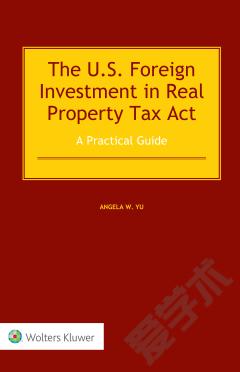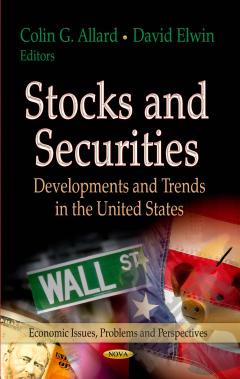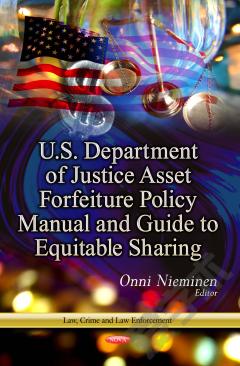A State by State Guide to Investment Incentives and Capital Formation in the United States
In today’s world of globalization, the United States generally is considered by foreign investors around the world to be the safest and most profitable location to invest their funds and from where to operate a headquarters or manufacturing site.After more than a decade of prosperity and a strong currency coupled with the traditional political stability, the United States has emerged as a net importer of capital for the first time in post World War II history. Increasing profit margins for multinationals, relatively low interest rates, incredible stock exchange prices and volume, a reduced level of inflation and record consumer spending resulting from sophisticated demands of the baby boomer age, as well as an accelerated rate of immigrant arrivals, all have inspired new private investment from abroad, now surpassing the USD 5 trillion mark in direct and indirect investment.Surveys consistently show that foreign businesspersons, like their American counterparts, seek locations from which to manufacture, assemble, or service their products where the tax or investment incentives are most attractive.This fact is reflected in the operations of the Fortune 500 in the United States where 80% of privately invested assets are located in the five states of New York, New Jersey, Delaware, Illinois, and California, all of which are leaders in providing trade and investment concessions to businesses.Investment incentives consist of a variety of inducements ranging from tax credits and cash grants and tax exemptions or reductions to accelerated depreciation, loan subsidies and property tax, sales tax and customs duty exclusions or reductions, as well as foreign trade and enterprise zone availability. Unlike the array of incentives offered by foreign countries, the charts reflect that most of the States rely on property tax concessions, loan subsidy financing, development project rewards, low or no sales taxes and foreign trade zone availability.As in the case of Part I relating to State Investment Incentives, Part II of the US State-by- State Guide to Investment Incentives and Capital Formation covering the steps required to organize an entity in the United States, reflects great similarity in incorporation in contrast to enterprises wishing to operate abroad.The authors of this Guide present the reader with a clear picture of all the differing rules and regulations between the states that govern investors. It is clear, concise, user-friendly, and invaluable.
{{comment.content}}








 京公网安备 11010802027623号
京公网安备 11010802027623号